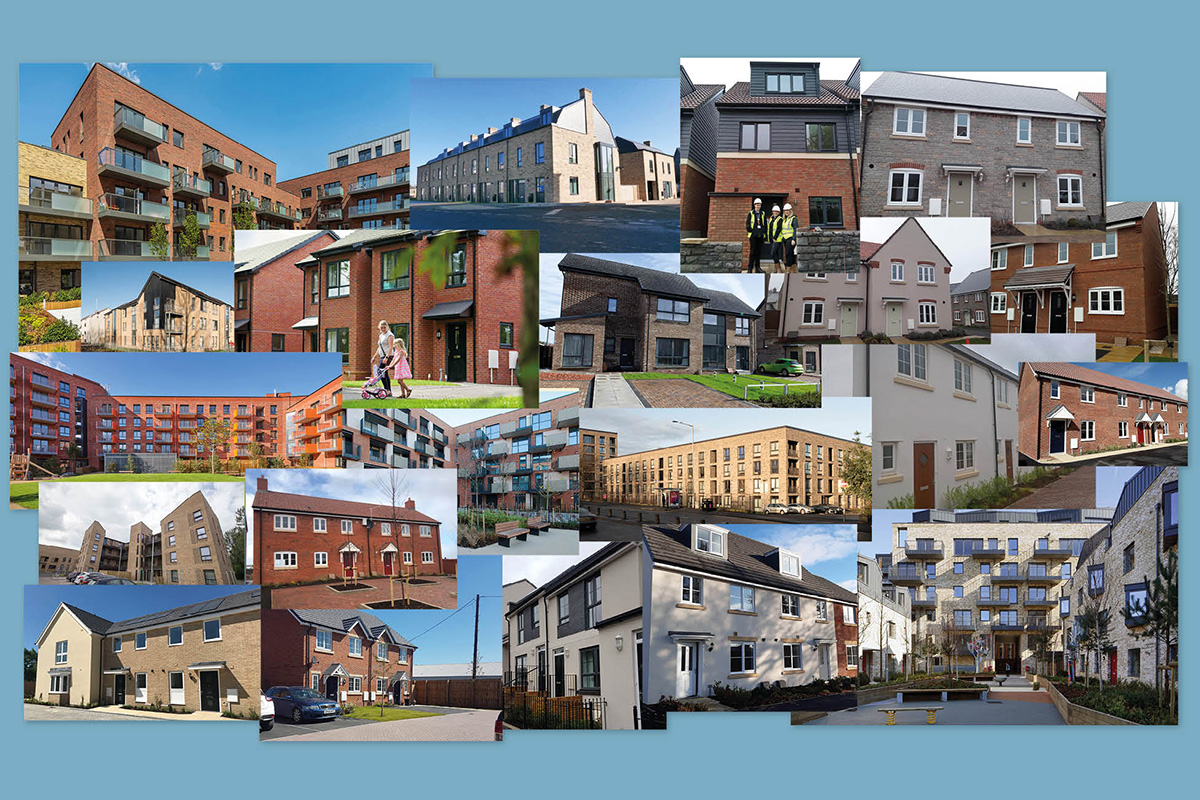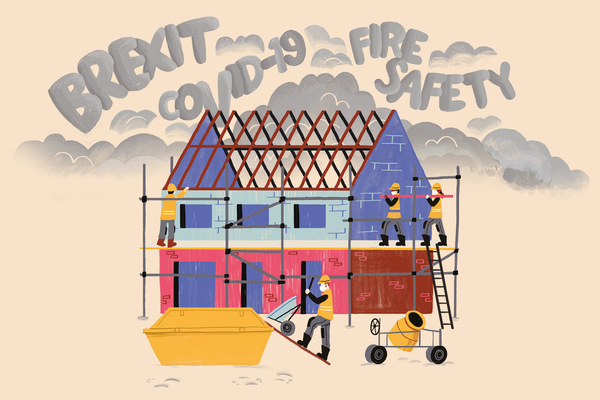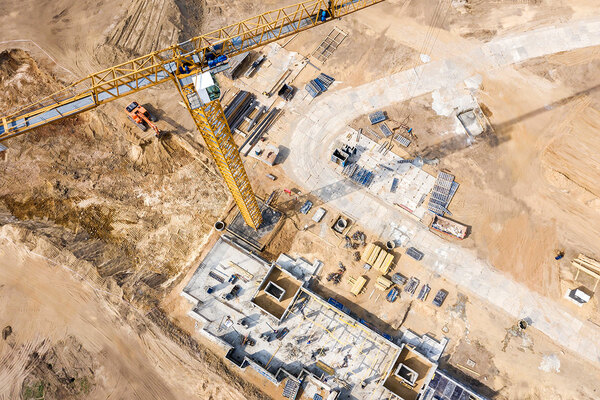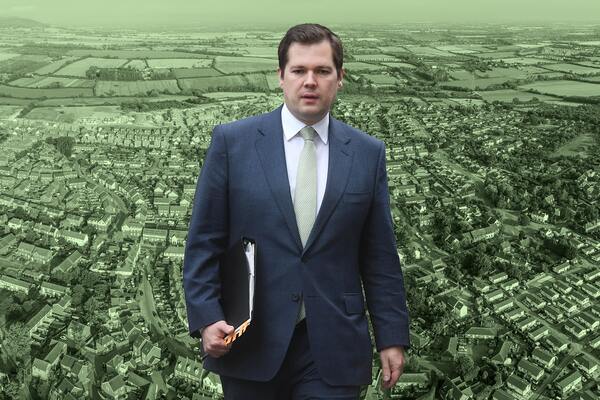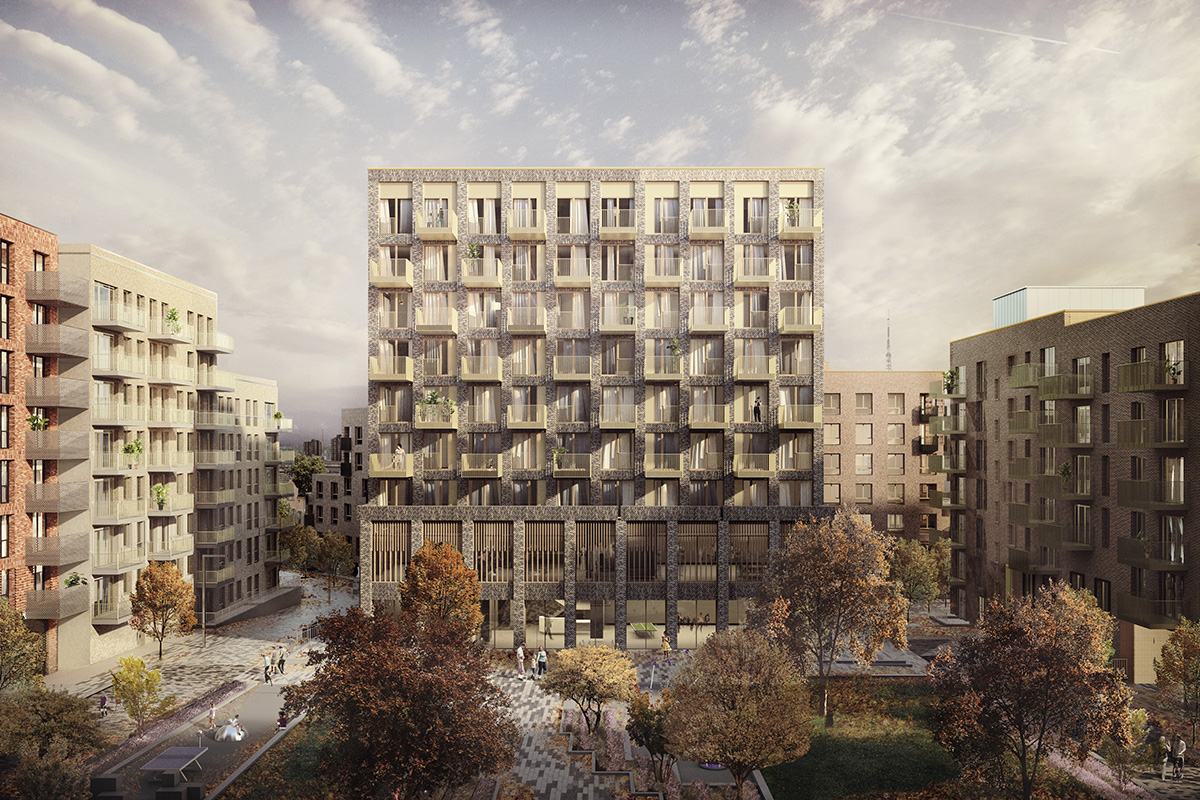You are viewing 1 of your 1 free articles
Are we in the middle of a social rent renaissance?
This year’s Inside Housing Biggest Builders survey reveals the sector just isn’t ready to let go of social rent as a tenure. Jess McCabe reports
Next month will mark 10 years since Inside Housing splashed with a front page that proclaimed “the end of social housing”.
That front page was prompted by the decision of the new Conservative-Liberal Democrat government to end grant funding for social rent in England and instead fund a new product called “affordable rent”. In the ironies of political speak, the main identifying difference between affordable rent and social rent was it was much less affordable – for tenants, who would in many parts of the country pay higher rents, and for social landlords, who would have significantly less grant funding per home.
Research in 2019 by Network Homes found that while between 2008 and 2010, landlords might receive about £100,000 on average to build a new home, they were getting just over £33,000 under the 2015-18 funding programme.
And while social rent is based on a formula that includes local income levels and the size of a property, affordable
rent is usually higher – up to 80% of what the same home would be let for on the open market.
But 10 years is a long time in politics, even when the government is still led by the same political party. In the past decade, housing campaigners launched the SHOUT campaign to save social rent and English housing associations and councils started to raise funds through market sale, partly to cross-subsidise construction of new social rent housing – despite not having the support of Westminster. Then, in 2018, prime minister Theresa May restarted some central government funding for social rent, promising £2bn from 2022, of which some was to be used for social rent.
Of course, Scotland and Wales never stopped funding the tenure: Wales has a programme that is meant to deliver 20,000 homes by next year and Scotland’s programme is for 50,000 homes, of which roughly 35,000 are for social rent.
So where are we now? Are we in the middle of a renaissance of social rent?
Every year in our Biggest Builders survey, Inside Housing collects thousands of data points about how many homes housing associations are building. We have dug deep into this data to find out what it can tell us about the future of social rent, who is building it and how.
First, the basics: we know that social rent development is going up. Looking at Inside Housing’s Biggest Builders – the 50 housing associations building the most homes of any tenure – we can see the number of social rent homes they completed rose 20% from 4,772 in 2018/19, to 5,727 in 2019/20.
The number of social rent homes on which these organisations broke ground in 2019/20 also shows upward momentum, with 6,589 starts.
That sounds great… until you compare it to the earliest year for which Inside Housing has comparable data: 2011/12, which is just after the coalition ended social rent in England. That year’s top 50 completed roughly 23,000 homes, with social rent making up 66% of these homes.
It is also very far off the best estimates of how many new social homes are needed annually – around 90,000. Earlier this year, the Housing, Communities and Local Government Committee concluded that was the number needed to address the housing crisis, echoing previous findings by bodies such as the National Housing Federation.
Top 10 associations building the most social rent homes
| Housing association | Total completions 2019/20 | Social rent completions 2019/20 | As a percentage |
|---|---|---|---|
| Wheatley | 802 | 601 | 75% |
| Platform | 1,448 | 523 | 36% |
| Peabody Trust | 1,048 | 388 | 37% |
| Places for People | 2,680 | 345 | 13% |
| Bromford | 1,027 | 320 | 31% |
| LiveWest | 1,245 | 289 | 23% |
| Sovereign | 1,773 | 245 | 14% |
| United Welsh | 277 | 230 | 83% |
| Notting Hill Genesis | 1,846 | 207 | 11% |
| Sanctuary | 816 | 205 | 25% |
“It’s not 90,000 and it’s not anywhere near 90,000,” notes Aileen Evans, chief executive of Grand Union Housing and one of the founders of the SHOUT campaign. “We should be encouraging any social rent home, but it is simply just not enough.
“We’ve tried really hard at Grand Union. We’ve not stopped – even the year we only built six [social rent homes]. We’re continually asking ourselves: ‘Can we do social rent in this site, even if it’s only a few units?’ But without grant, we are not going to see social rent coming back in anything like the numbers we need. With a million more post-coronavirus unemployed and from the minute evictions start up again from the private sector, there will be even more of a demand for properly affordable good quality housing,” she adds.
Striking a similar note, Dick Mortimer, executive director for development and sales at Peabody, says: “If I worked for 2,000 years, I wouldn’t touch the need for social rent homes.” The association is one of the top 10 builders of social rent homes in the sector (see table) and built 37% social rent last year.
Unsurprisingly, the housing association building the most social rent homes is Scottish. Wheatley Group completed 601 social rent homes in 2019/20, which make up 75% of its total development completions.
When we turn to the housing associations where social rent makes up the biggest part of their programmes, we see that another Scottish housing association tops the charts, with Link Group producing 96%
of its homes for this tenure.
Phase two of Peabody’s St John’s Hill development will deliver 198 new homes, including 109 for social rent (picture: Hawkins/Brown Architects)
English housing associations that have been building social rent in any quantity have been able to do so through a combination of recycled grant, cross-subsidy and Section 106, in combination with some funding from Homes England coming predominantly in the form of strategic partnerships.
Platform is the English association that built the most for social rent – 523 homes last year. Gerraint Oakley, the association’s executive director of growth and development, says: “Despite what’s going on, [Platform is] still ambitious.” When it comes to social rent, that means “we use a combination of recycled grant funding or internal subsidy, and that’s how we tip that balance”.
Amanda Swann, development director at Bromford, explains that social rent is a priority for the organisation because it is the best way for it to deliver on its underlying social purpose and aims.
“Social rent has to continue. It is the most affordable type of affordable housing that is out there. It’s really important it continues to be funded,” she says.
Top 10 associations where social rent makes up largest proportion of total completions
| Housing association | Total completions 2019/20 | Social rent completions 2019/20 | As a percentage |
|---|---|---|---|
Link Group | 131 | 126 | 96% |
Anchor Hanover | 22 | 20 | 91% |
Wales & West | 132 | 113 | 86% |
United Welsh | 277 | 230 | 83% |
Salix Homes | 30 | 24 | 80% |
Wheatley | 802 | 601 | 75% |
Bromsgrove District Housing Trust | 109 | 78 | 72% |
Aspire Housing Limited | 174 | 88 | 51% |
Housing Plus | 291 | 138 | 47% |
Alliance Homes | 73 | 30 | 41% |
Bromford has managed to secure some grant funding from Homes England for social rent – through both its strategic partnership with the funding body and the previous grant programme. The association expects social rent completions to rise next year. This suggests that we could be seeing the results of Theresa May’s decision to put some grant back into the tenure.
Still, there are also worrying lessons from Bromford’s story: Ms Swann emphasises that of the 310 social rent homes the landlord completed last year, all were secured through Section 106 agreements in areas where local authorities have been persistent in ensuring social rent homes get built by private developers.
LiveWest, another of the 10 associations that built the most social rent homes in absolute terms, tells a very similar financing story.
Robert Cock, the association’s head of delivery, says: “We completed 289 homes for social rent and the majority of those were delivered on Section 106 developer-led sites where LiveWest was the delivery partner for the affordable housing element.
“Out of the 289 homes, 26 were grant-funded as part of our Homes England strategic programme.”
Top 10 associations that started the most social rent homes
| Housing association | Total starts 2019/20 | Social rent starts 2019/20 | As a percentage |
|---|---|---|---|
Peabody | 2,357 | 891 | 38% |
L&Q | 4,658 | 836 | 18% |
Bromford | 1,592 | 501 | 31% |
Vivid | 1,819 | 430 | 24% |
LiveWest | 1,173 | 423 | 36% |
Wheatley | 582 | 398 | 68% |
Sanctuary | 2,229 | 363 | 16% |
Stonewater | 816 | 178 | 22% |
Hyde | 1,042 | 178 | 17% |
Sovereign | 1,392 | 175 | 13% |
However, recent proposals to overhaul the planning system include scrapping Section 106. It is still unclear whether the replacement for this mechanism will continue to generate a pipeline of new social rent homes.
“[The proposal] changes it considerably,” says Mr Oakley from Platform. “We’ve really got to push our land-led development. Strategic growth for us is going to be land-led. We’ve already started to take steps on how we can do that.”
Of course, the pipeline for social rent homes – just like all development – is currently in transition anyway, as the sector grapples with issues including the pandemic and Brexit, as well as additional costs such as fire safety work and decarbonisation.
The homes that are being built might not touch the sides of the need for social rent housing – but they are meeting some need. The numbers are going up.
It seems clearer by the year that the sector just isn’t ready to let go of social rent as a tenure.
